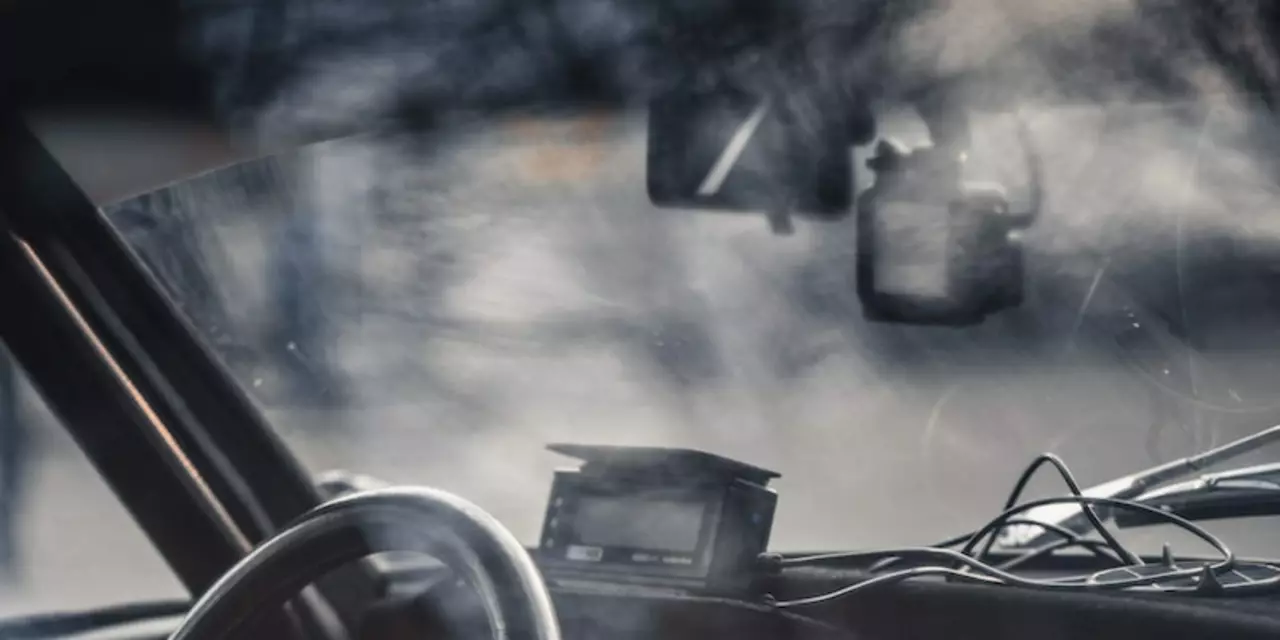Rally Navigator: What You Need to Know
If you love rally cars but aren’t behind the wheel, the navigator seat might be your perfect fit. A rally navigator (or co‑driver) is the person who reads pace notes, keeps the timing straight and makes sure the driver knows what’s coming up on the road. In short, they are the brain that guides the driver through twists, jumps and tight corners.
Key Responsibilities of a Rally Navigator
The main job is to call out pace notes at the right moment. These notes tell the driver how sharp a turn is, whether there’s a crest or a dip, and if a surface change is ahead. Timing is everything – too early and the driver will over‑steer, too late and they’ll miss the cue.
Besides notes, the navigator watches the clock. Rally stages are timed, so they must know the target time, track progress, and alert the driver if they’re falling behind or gaining speed. This helps the team stay within the allowed window and avoid penalties.
Safety checks are also part of the role. Before a stage, the navigator inspects the car, verifies that all equipment is in place, and makes sure any required paperwork is ready. During the run, they monitor fuel levels, tire wear and any mechanical issues that could affect performance.
Essential Tools and Tips for Beginners
Every good navigator carries a few must‑have tools. A reliable tripmeter or GPS device records the distance covered and helps keep the pace notes accurate. A sturdy notebook or an electronic note‑taking app is used to write and organize the notes before the rally.
Communication is key. Speak clearly, use a consistent rhythm, and keep the volume steady so the driver can focus on the road. Practice the same cadence with your driver during shakedowns – it builds trust and reduces mistakes on race day.
Preparation makes the difference. Spend time in the garage with the driver to understand the car’s handling, the team’s driving style, and any quirks of the route. Watch past videos of the stage if they’re available; this gives you a visual reference for the notes you’ll call.
Finally, stay calm under pressure. Rally stages can be noisy, dusty and fast‑paced. If a mistake happens, acknowledge it, adjust quickly and keep the driver informed. A cool head helps the whole team stay on track.
Whether you’re new to rallying or looking to sharpen your co‑driver skills, focusing on clear notes, reliable tools and steady communication will set you up for success. The navigator role may not get the spotlight, but it’s the glue that holds a rally team together – and mastering it can be just as thrilling as driving the fastest car on the stage.

Do rally drivers remember track or rely just on navigator?
This article explores the question of how rally drivers navigate their way through a course. It looks at the differences between experienced rally drivers who have raced the same course multiple times, and those who are new to a track. The article concludes that experienced drivers rely on their knowledge of the track, whereas new drivers rely on the navigator to direct them. It is also noted that both drivers and navigators must be able to quickly identify course changes and landmarks. Finally, the article suggests that experience is key to successful rally driving, as it allows the driver to trust their memory of the track, while the navigator can be used to augment that knowledge.
read more
